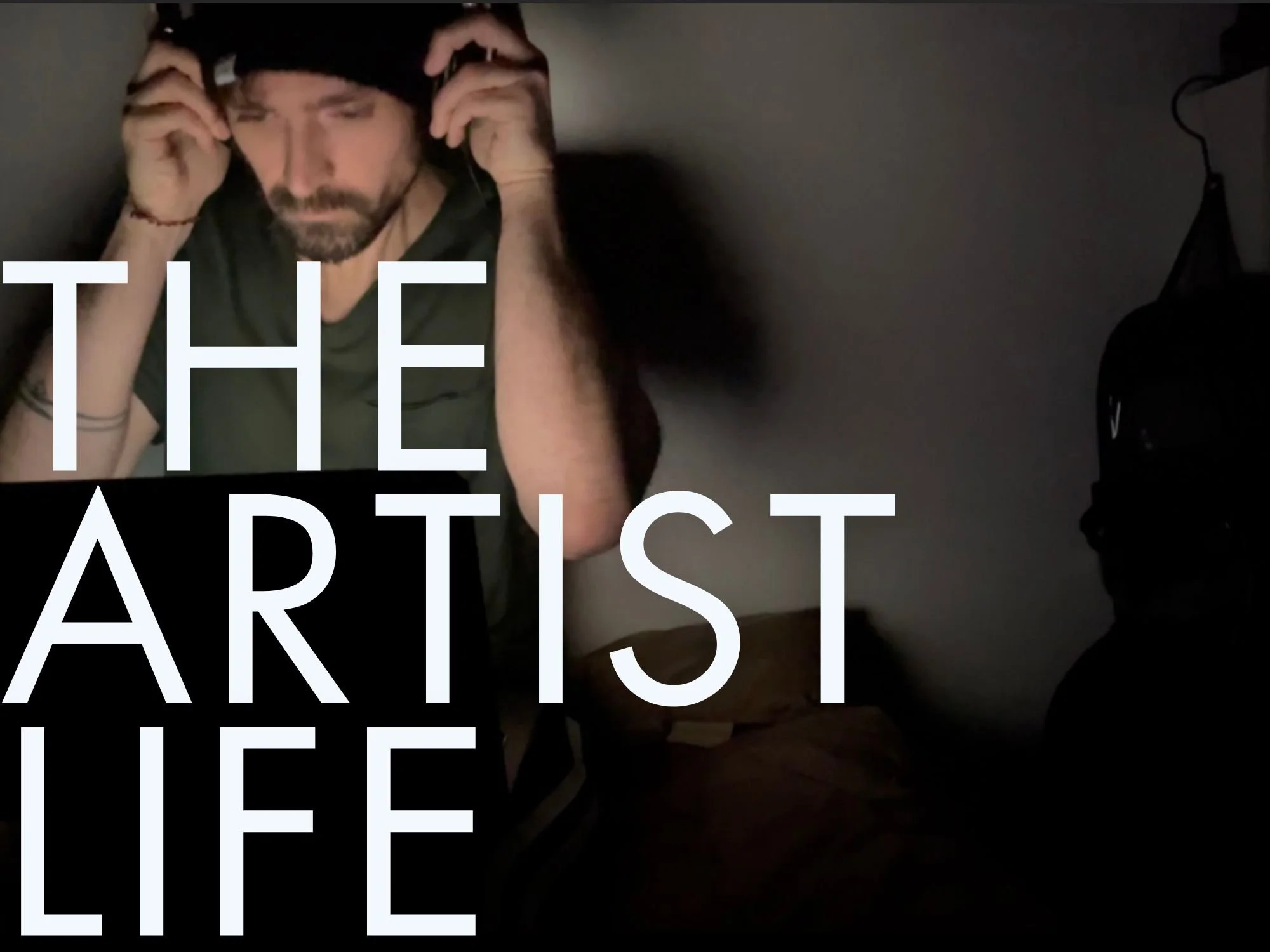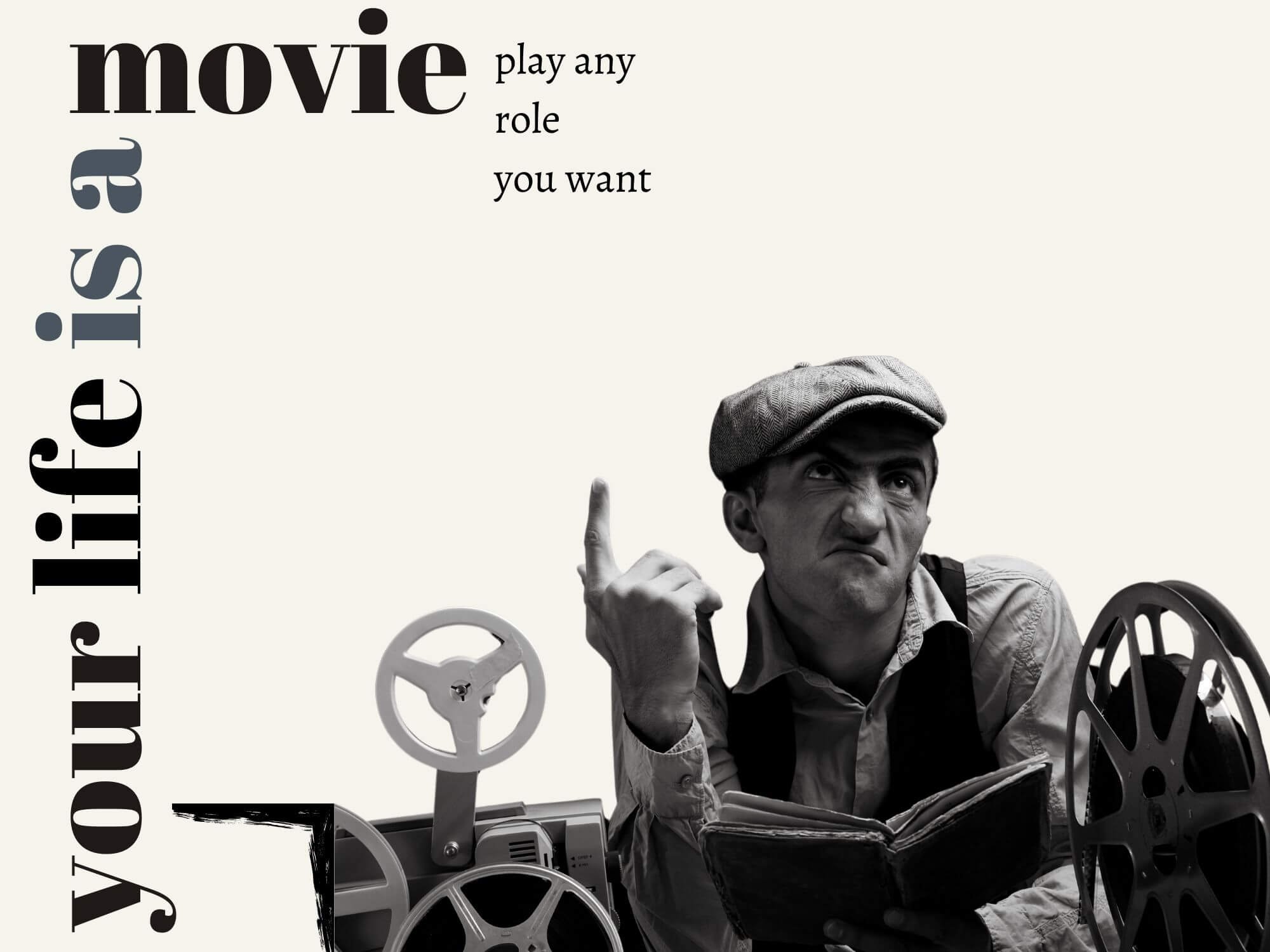Feeling Uncreative? I Hear You (these 7 things help me)
Being an artist doesn’t mean you’re constantly pumping out creative gems everyday. Some days suck. Some days…you feel like a fraud. Or worse, broken like you’ll never make anything great ever again.
But that’s bs. The creative spark always comes back. Everyone and everything needs space to breath.
Still, it’s annoying (especially if you need to get shit done). So if you’re in the clutches of feeling uncreative, here’s what I do.
1. Get A Creative Friend or Mentor
I have a friend who is amazing at pushing me to start (or finish) my creative projects. He gives me the right push at the right time—usually in the form of some deadline or project clarity.
It’s motivating and is seriously helpful when I’m feeling lazy or uncreative.
This first tip is really about having a community.
I used to work in isolation (and I still do in many ways). But I totally ignored the relationship-building aspect of being an artist. I invested very little energy into it.
So when I ran into issues or felt like a fraud, no one had my back (making everything worse).
Having even just one creative friend (or mentor) is a serious game-changer for creative productivity (not to mention confidence). So you don’t need a huge thriving community. Even a non-creative friend who knows how to listen is epic.
So if you haven’t yet, find your crew. It’s worth it.
2. Practice the Art of Noticing
Romanticize the little mundane things in life. Pause for an extra second to frame that picture in a unique way. Notice the presentation of your food, the landscaping…the dissonant song the city makes.
The art of noticing is creative. And even if you’re feeling uncreative, it’s easy. It just takes awareness and intention.
And sometimes, it puts you back in a creative state, something you can take with you back into the studio (whatever that studio looks like for you).
3. Change Your Energetic Signature
In quantum physics and manifestation circles, there’s an energetic understanding of how the universe works: you are the alchemist of everything in your life. I think it’s true.
When I feel down or play the victim mindset, my environment affirms that with further proof (or at least, that’s what I notice). Conversely, when I decide to become happiness, “luck” and wealth (or any goal I have), the environment responds in kind (eventually…if I stick with it long enough and frame things right).
So with that approach to life, why not boost the creative vibes and energy in your life?
It’s like changing radio stations. Just hop into a different frequency—a more creative one.
But don’t focus on wanting it or getting there. Instead, become it. Meditate on it.
You don’t need creativity and you don’t need to go anywhere or do anything for it—because you are it.
Feel that. Exist in that state for long enough (i.e. not one day and call it quits) and watch things change.
4. Stack the Deck
I’m as good as the company I keep.
And the places I spend time in.
And the shit I consume.
Put another way, my environment plays a pretty big freaking role in how I feel. So let’s stack the deck.
Here are three core areas I like to focus (even if you can only tackle one, that’s rad):
Inner circle
The people in your life
Outer circle
The content and media you consume
Spaces
The places you spend time and spaces in your home
Curate the context in your life to be as creatively inspiring as possible. This is intentional lifestyle design.
5. Enjoy the Rest—Take the Break
Being uncreative (or not being able to get creative) is not a loss. It doesn’t mean you’re no longer a creative person. It just means you need to time let things marinate and recharge.
I promise you, ideas will flow again and you’ll come back stronger.
So rather than trying to force creativity, maybe take this time to embrace the break and actually rest.
Sometimes, the most productive thing we can do is nothing.
This is creative self care too.
And I love stepping back. Because without fail, I always come back with new and exciting ideas just pouring out of me.
I do this a lot with guitar and songwriting. When I step away for a few days (or more), I always come back feeling hyper creative. I end up channeling some of the best freaking ideas.
So take a beat. Enjoy the rest. You’ll feel creative again.
6. Create Anyways
Sometimes, we need to get shit done regardless of how we feel. Creative work needs discipline and consistency too.
So if you’re feeling uncreative, why not just try creating something regardless?
Now if you’re feeling ennui too, that’s another story to find motivation.
But something interesting happens when you decide to stop waiting for creativity to happen and instead just start…you end up finding creativity and motivation.
It turns out, mood follows action.
Explore more:
➤ Be Your Own Inspiration
➤ The Do Something Principle
7. Recapture the Spark
When I can’t get in the zone, I like to reference mood boards and people who inspire me.
Hell, even those cliche motivational videos help.
So head to Pinterest. Create a mood board. Stalk your favorite creator’s account.
It’s funny that these things are often seen as distractions from doing the “real” work (i.e. they don’t move the needle).
But honestly, they’re fantastic for creating motivation when you’re feeling uncreative and lost about what to do next.
And with that, later ✌️
Want More? Nice. Here’s More.




